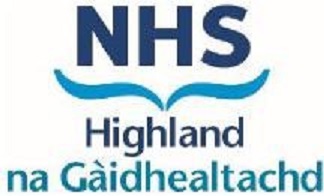Online versions
Managing Breathlessness
Handheld fan
Breathing techniques
Positions
Thinking
Relaxation
Energy levels
Printable versions
Managing Breathlessness
Handheld fan
Breathing techniques
Positions
Thinking
Relaxation
Energy levels
test announcement

This piece of guidance is new
This guideline is for the management of chronic breathlessness. Acute breathlessness can be a life threatening condition and should be treated as such.
Breathlessness is one of the most difficult and most common symptoms of many advanced diseases. It has been called the pain of non-malignant disease because of this. Sadly the difficulties of living with breathlessness are often not recognised, even by very well-informed people, relatives or friends. For example, there is a common perception that supplementary oxygen will help reduce the sensation of breathlessness, which it doesn’t always. Some people with significant hypoxaemia do not feel breathless, whilst others, with normal blood oxygen levels, feel extremely breathless.
A number of physiological factors underlie the sensation of breathlessness and several mechanisms can co-exist to cause it. Understanding the physiological basis of breathlessness is of limited help clinically. A good history is vital in determining the cause of breathlessness.
It is a very frightening symptom to have to live with and can induce feelings of helplessness or despair for both the person who suffers from it and those closest to them. They often become anxious and sometimes depressed and worried by the impact of breathlessness.
The management of breathlessness should be person centred and should primarily take a non-pharmacological approach. Pulmonary rehabilitation is an excellent, well evidenced intervention and should be promoted at every opportunity.
The following evidence based resources are those we’ve found useful in NHS Highland and have been taken from the Breathlessness Intervention Service (BIS) at Addenbrooke’s hospital, Cambridge. www.cuh.nhs.uk/breathlessness-intervention-service-bis
These resources are excellent and are used to help patients living with breathlessness. They can be used to learn more about how to improve the care of breathless patients ensuring that they and their families get all the help they need.
For pharmacological support and further information please see the Scottish Palliative Care Guidelines.